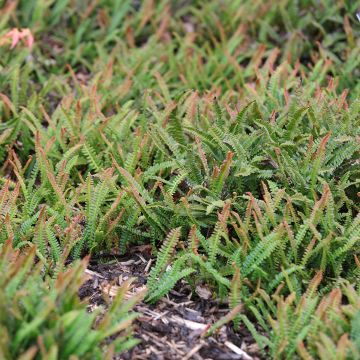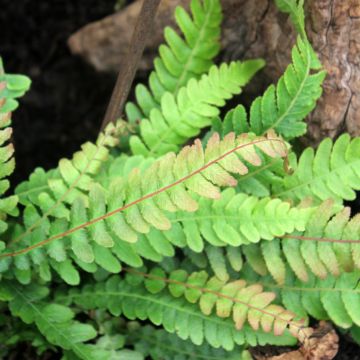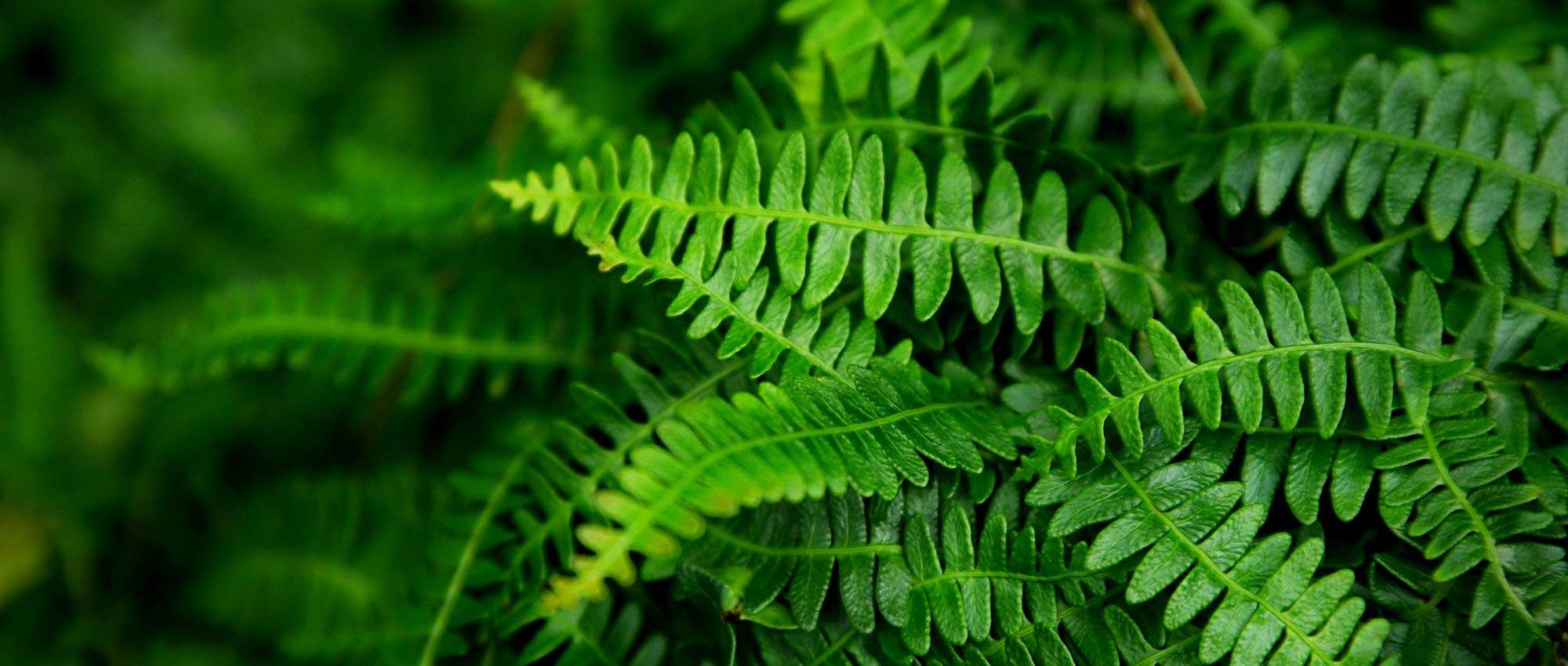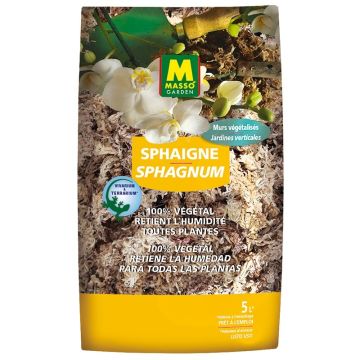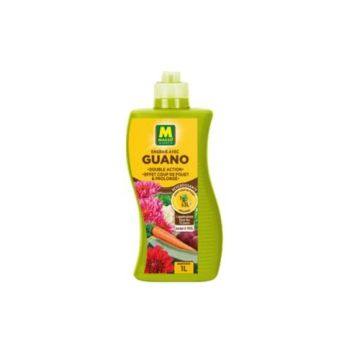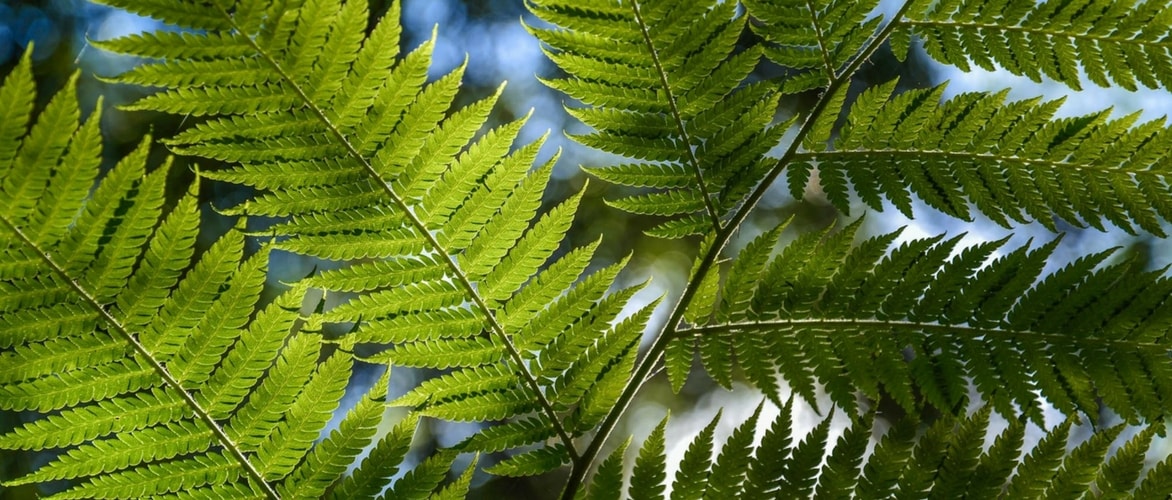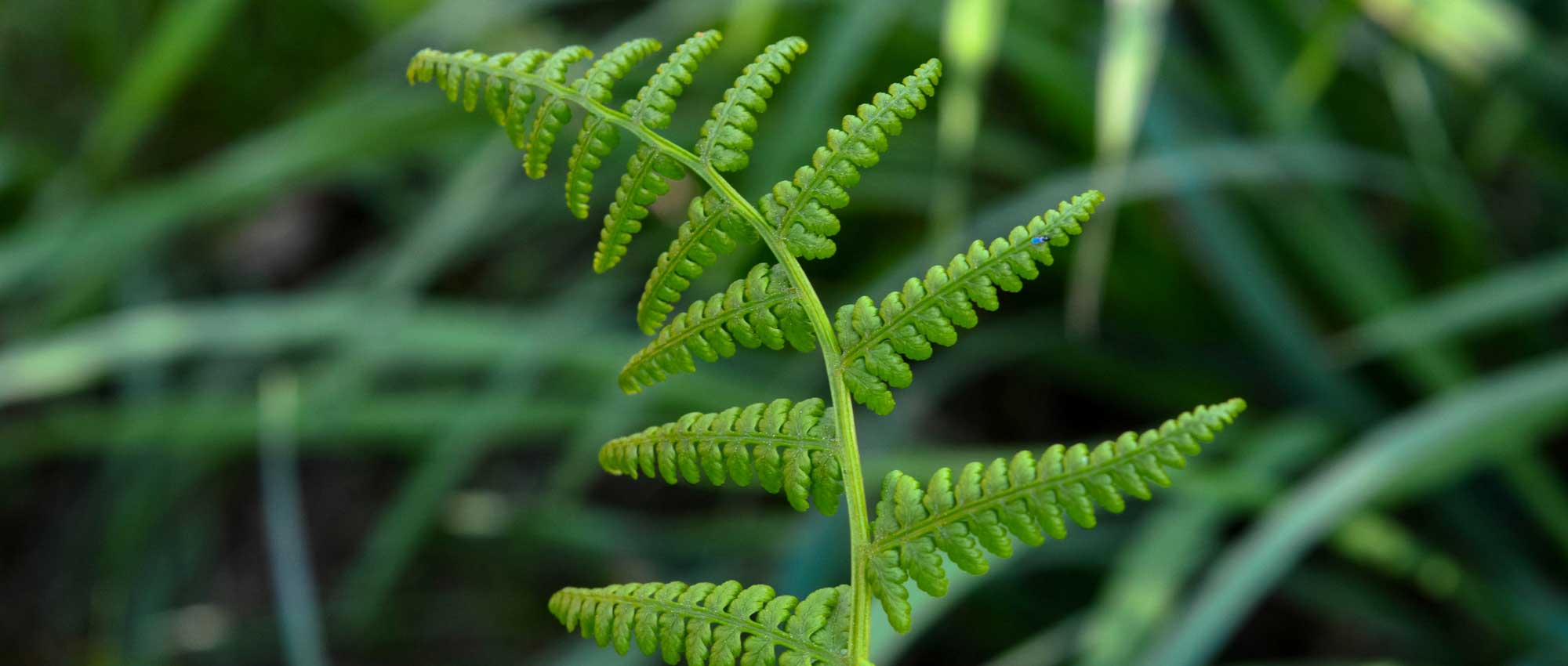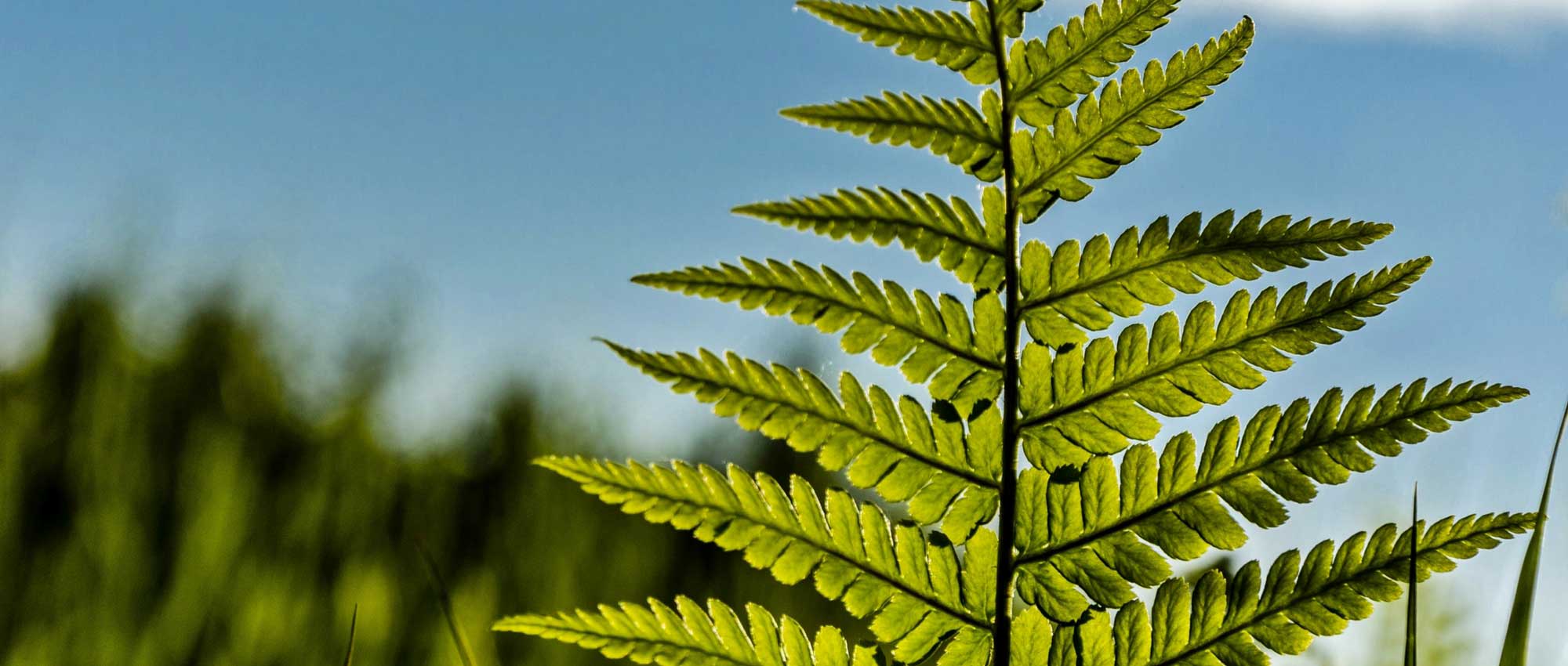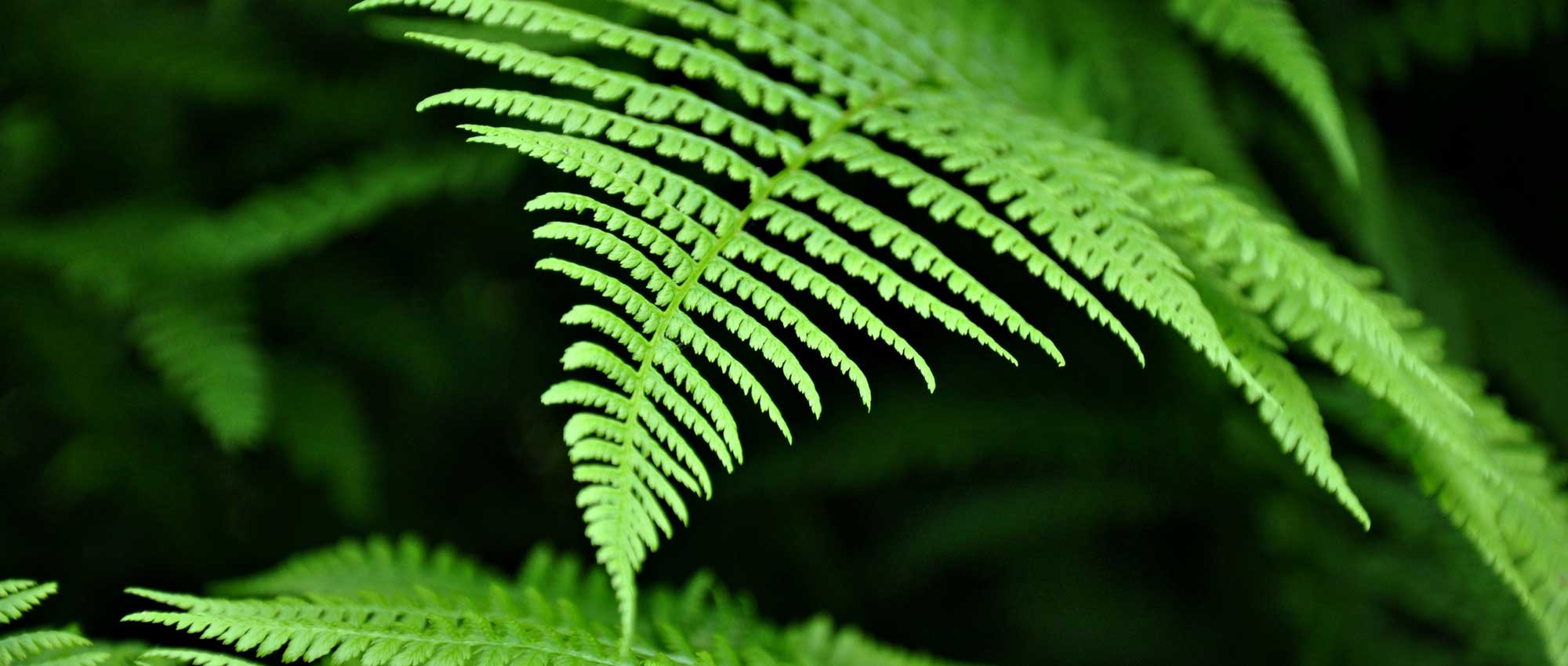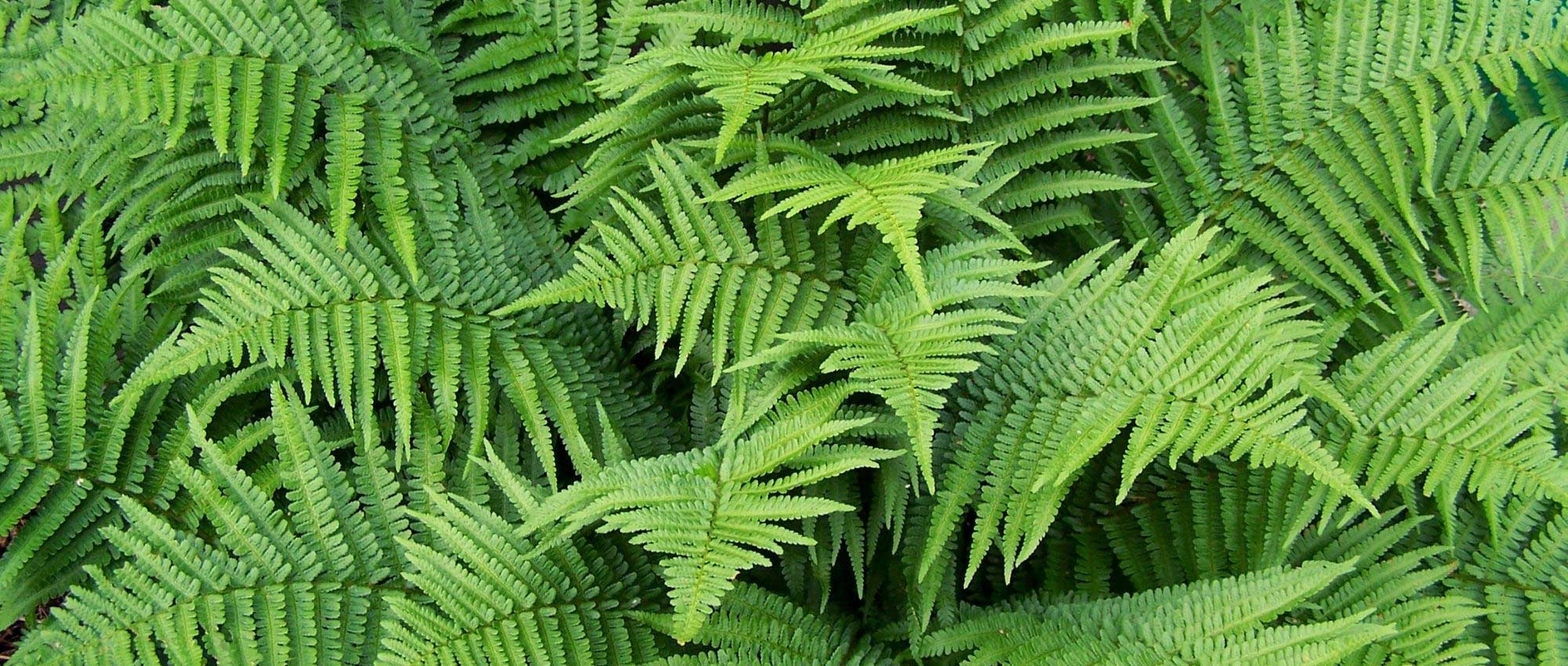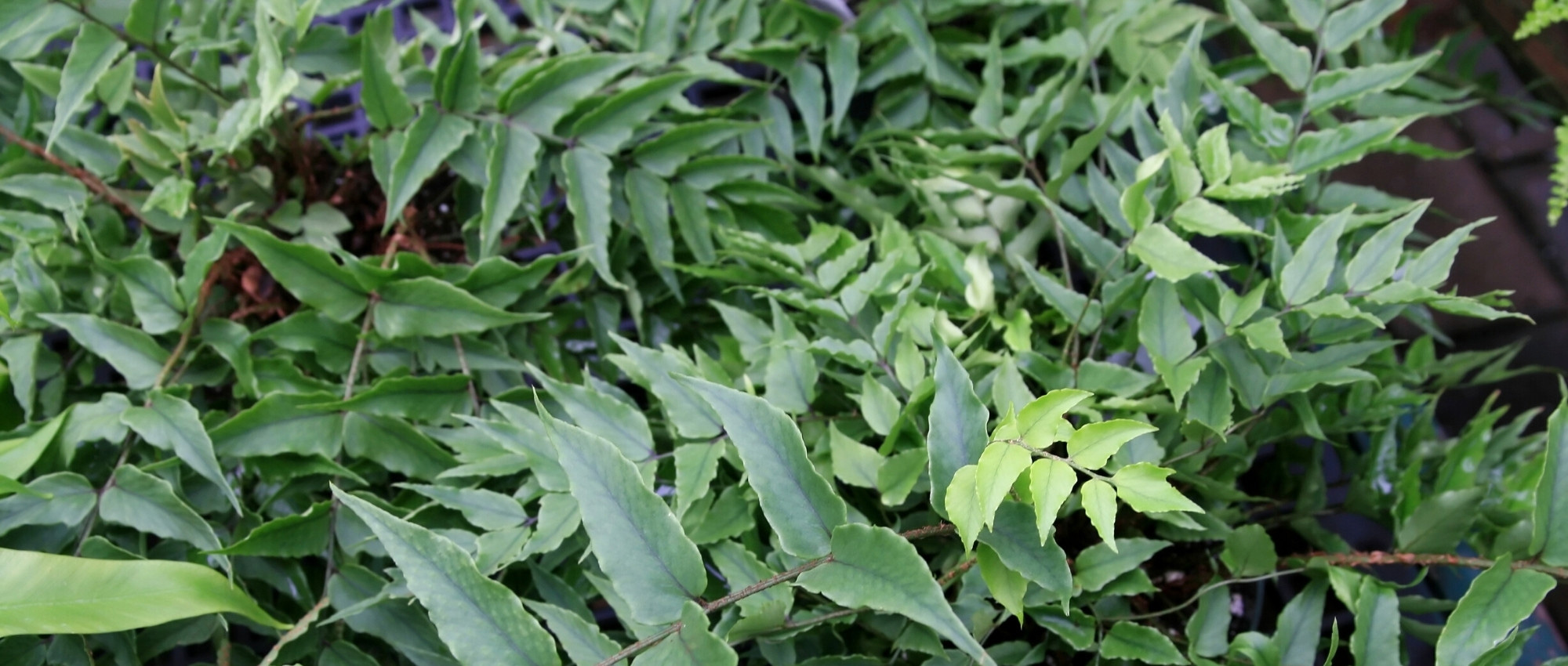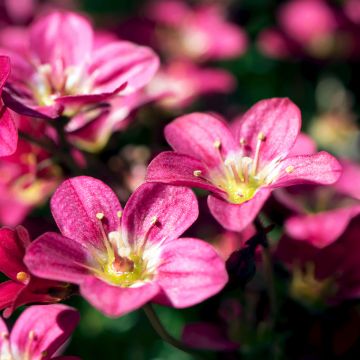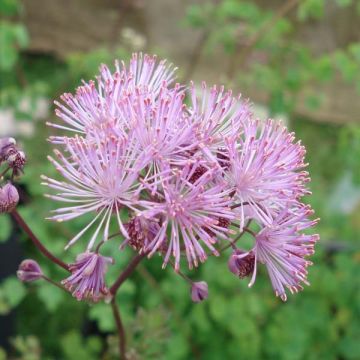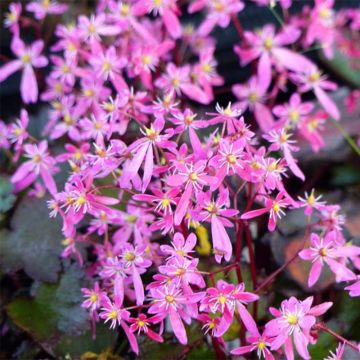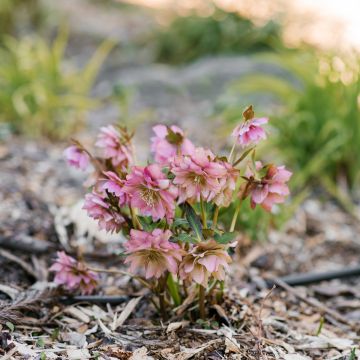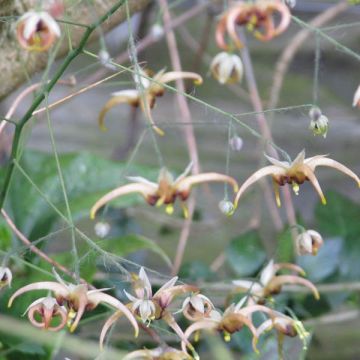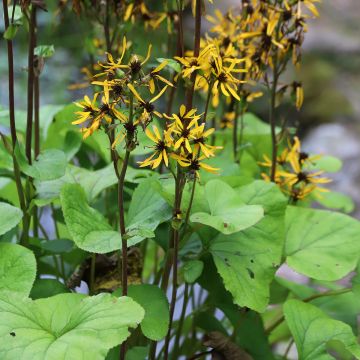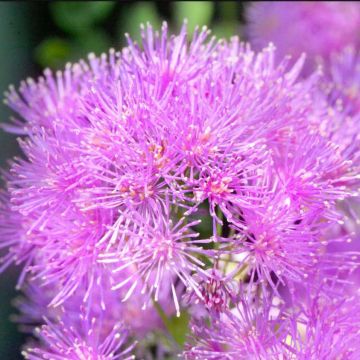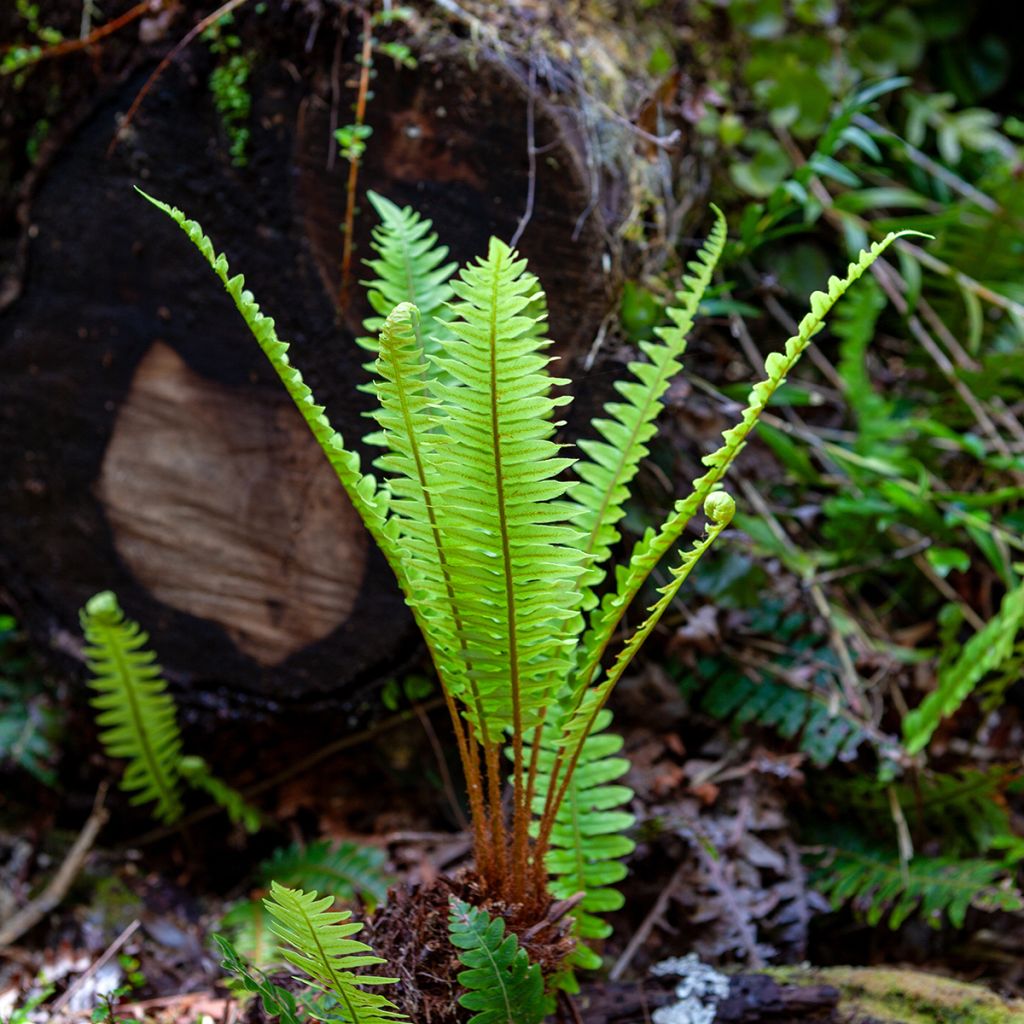

Blechnum discolor - Crown fern
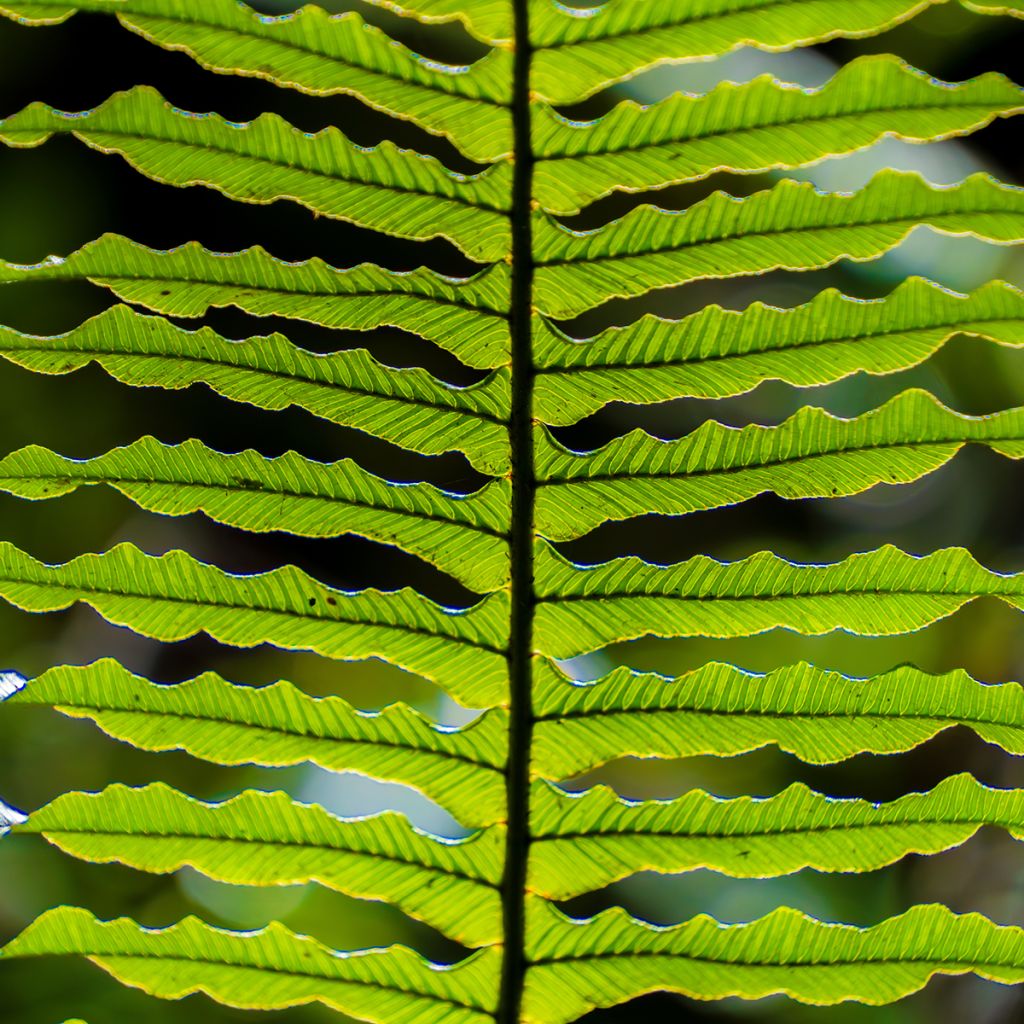

Blechnum discolor - Crown fern
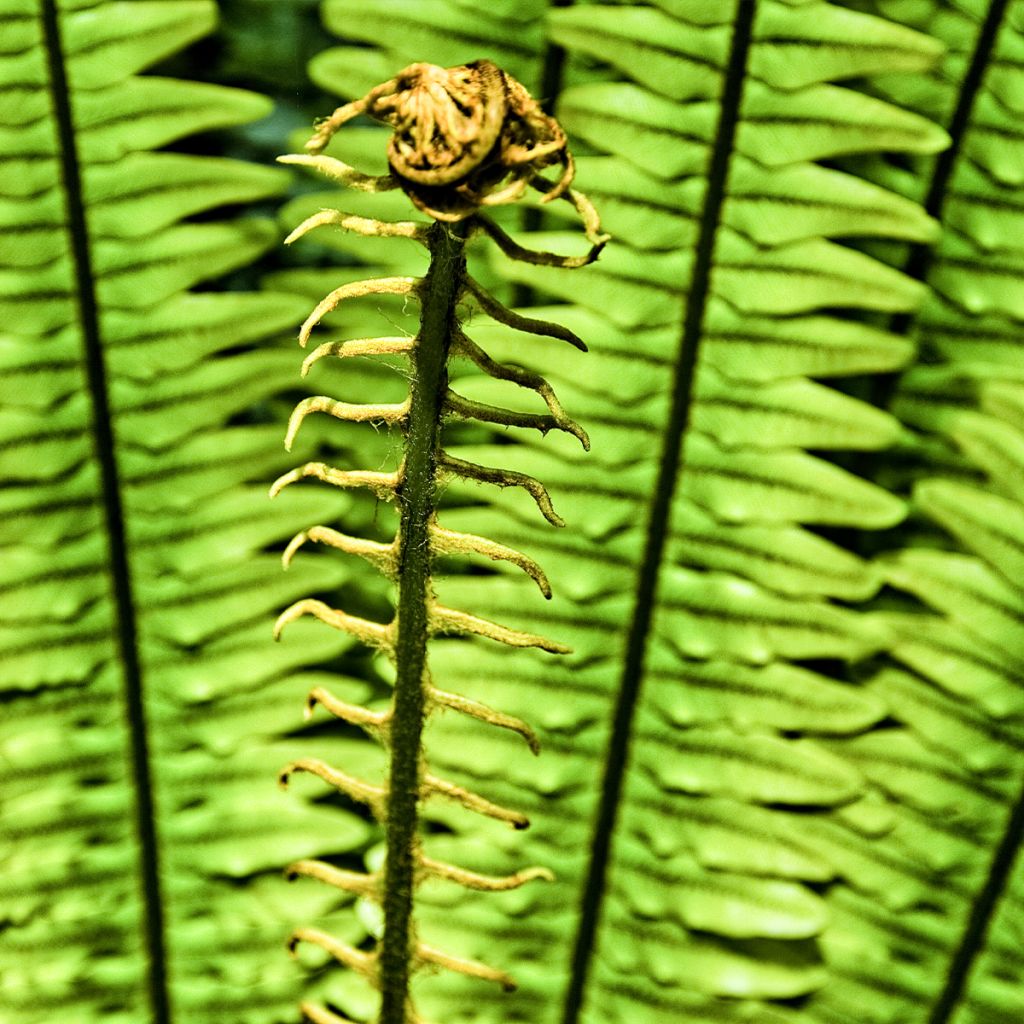

Blechnum discolor - Crown fern
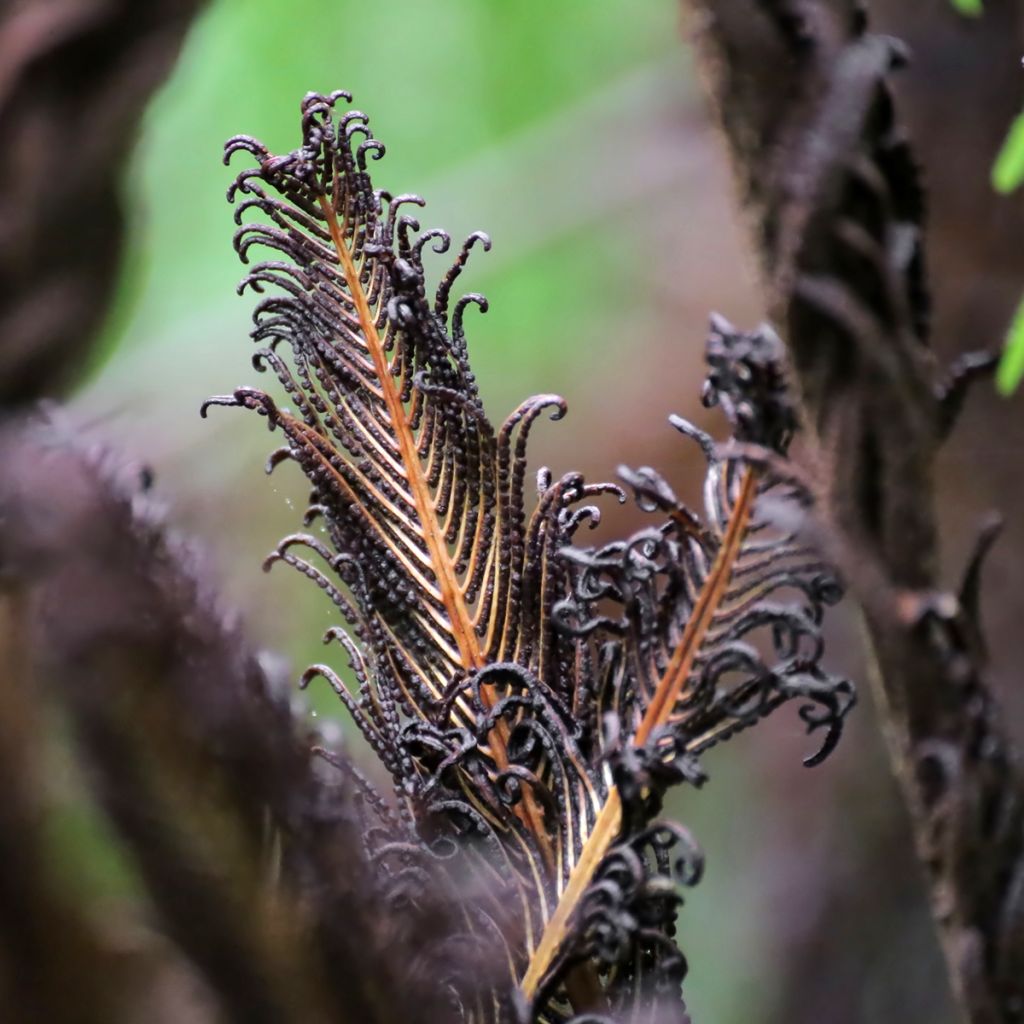

Blechnum discolor - Crown fern
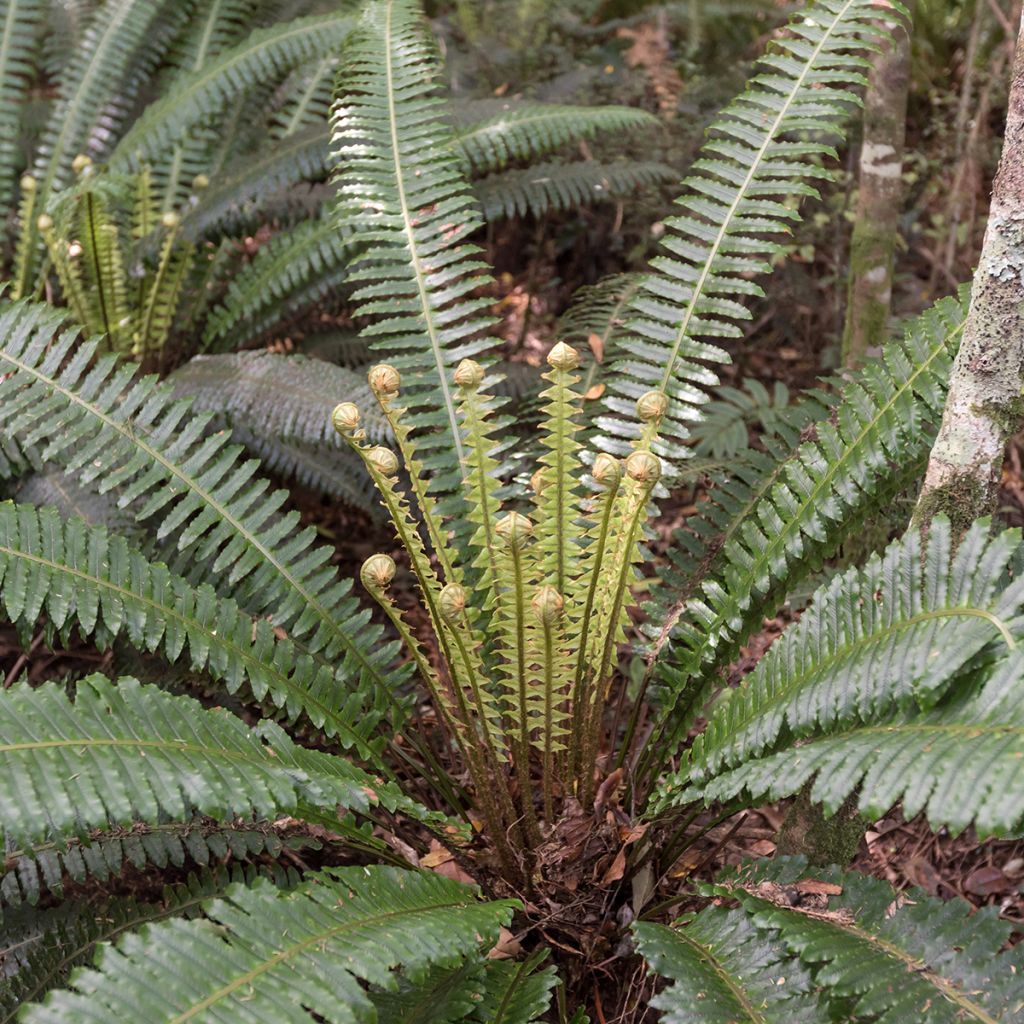

Blechnum discolor - Crown fern
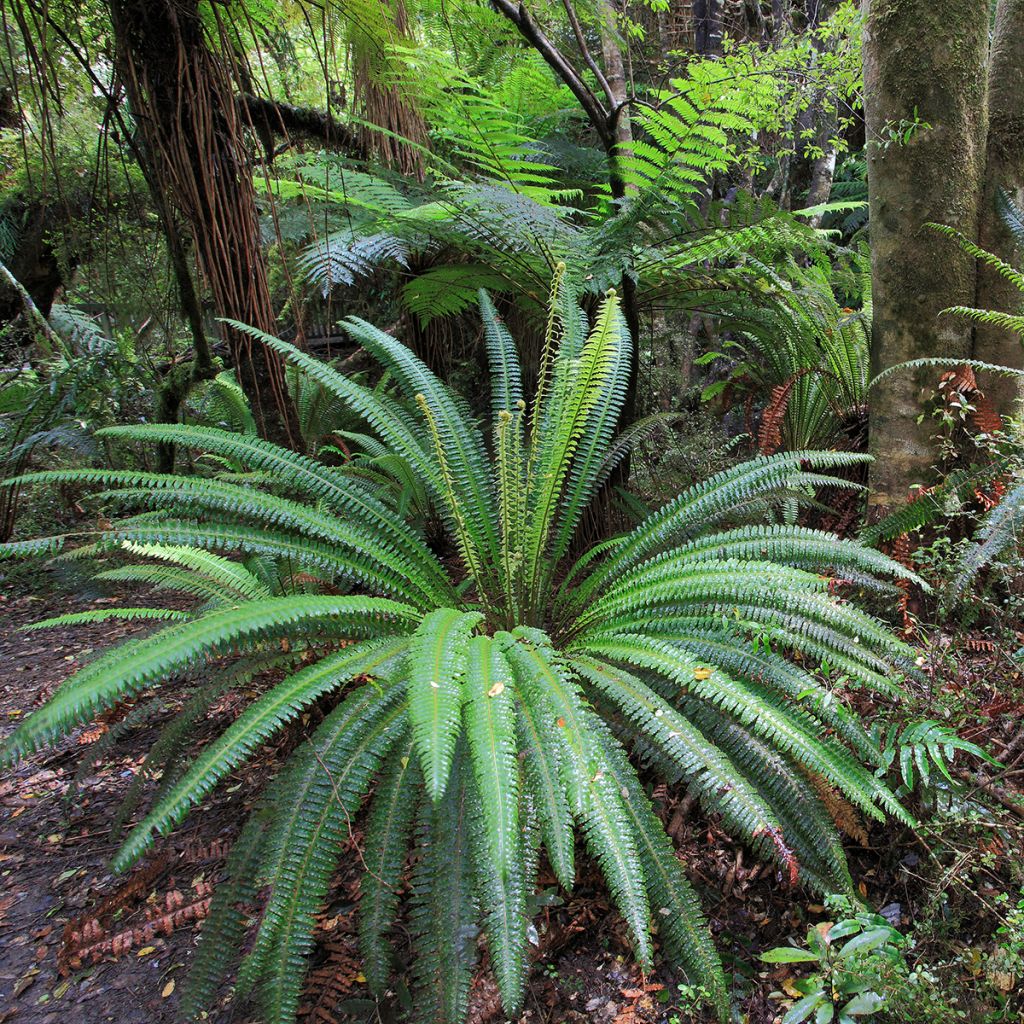

Blechnum discolor - Crown fern


Blechnum discolor - Crown fern


Blechnum discolor - Crown fern


Blechnum discolor - Crown fern
Blechnum discolor - Crown fern
Blechnum discolor
Crown fern
Special offer!
Receive a €20 voucher for any order over €90 (excluding delivery costs, credit notes, and plastic-free options)!
1- Add your favorite plants to your cart.
2- Once you have reached €90, confirm your order (you can even choose the delivery date!).
3- As soon as your order is shipped, you will receive an email containing your voucher code, valid for 3 months (90 days).
Your voucher is unique and can only be used once, for any order with a minimum value of €20, excluding delivery costs.
Can be combined with other current offers, non-divisible and non-refundable.
Why not try an alternative variety in stock?
View all →This plant carries a 12 months recovery warranty
More information
We guarantee the quality of our plants for a full growing cycle, and will replace at our expense any plant that fails to recover under normal climatic and planting conditions.
Does this plant fit my garden?
Set up your Plantfit profile →
Description
Blechnum discolor is a New Zealand fern with slow growth that becomes tree-like over time. It is particularly ornamental due to the bicoloured appearance of its fronds, dark green on top and lighter underneath. They form a wide rosette with geometric patterns at the top of a small "trunk". Gathered at the centre, dark brown fertile fronds create a beautiful colour contrast. This highly ornamental species will be perfect in a tropical-inspired setting, where temperatures do not drop below -6°C.
Blechnum is one of the 24 genera in the small Blechnaceae family, consisting of ferns scattered across much of the globe. The Blechnum genus includes around 200 species, mainly native to the southern hemisphere (New Zealand, Australia, Chile). It is characterised by evergreen fronds. This group of plants also features erect fertile fronds with narrow pinnae and more spreading sterile fronds with broader pinnae.
Blechnum discolor grows wild in New Zealand, where it is widespread throughout the country, across its various islands. It is found in different habitats, often in beech forests, Agathis, or Podocarpus forests, but also in more open areas like pastures, where it forms extensive colonies thanks to its stolons, allowing it to spread. It thrives in forest soils or even on old tree stumps, and also grows along riverbanks. In its natural habitat, it can develop a stipe (false trunk) over a metre tall, bearing a crown of fronds, the largest of which can reach 1.40 m in length.
In cultivation under our climates, its growth will be more modest, while still retaining a spectacular effect. Slow-growing, it eventually develops a short stipe 30 cm tall, supporting the rosette of fronds. Its sterile fronds give it a flared V-shaped silhouette at the top, with a beautiful fullness, reaching nearly 1 m after a few years. They are divided into single pinnae, closely spaced, with a prominent central vein, the base of which connects to the leaf rachis in an offset manner relative to the opposite pinna. Quite dark green on the upper surface, the leaves are lighter underneath, hence the species name (discolor means bicolour). From the centre of the rosette, fertile fronds stand upright, easily recognisable by their dark brown colour and, to a lesser extent, their finer pinnae. This leaf difference greatly contributes to the beauty of this Blechnum while giving it an architectural and tropical appearance.
Blechnum discolor is a very beautiful fern for mild, humid climates, in slightly acidic soil. In colder regions, it can be grown in pots and brought indoors to a cool room in winter. Preferably plant it at the edge of trees, where it will appreciate the shade, and in a sheltered spot away from strong winds. An Embothrium coccineum 'Lanceolatum', the Chilean firebush, will make a perfect backdrop. Eucryphia will also be a great companion in borders, with its simple yet romantic flowers. Closer to the ground, more classic, Fuchsia magellanica 'Riccartonii' with its bell-shaped flowers will add the finishing touch to this exotic-inspired scene.
Blechnum discolor - Crown fern in pictures
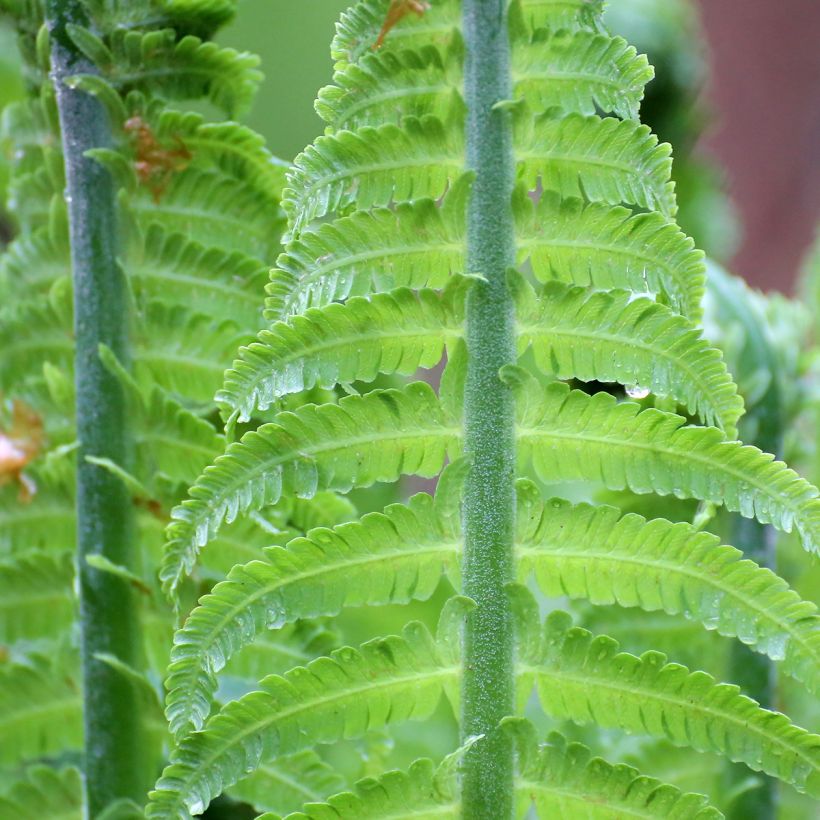

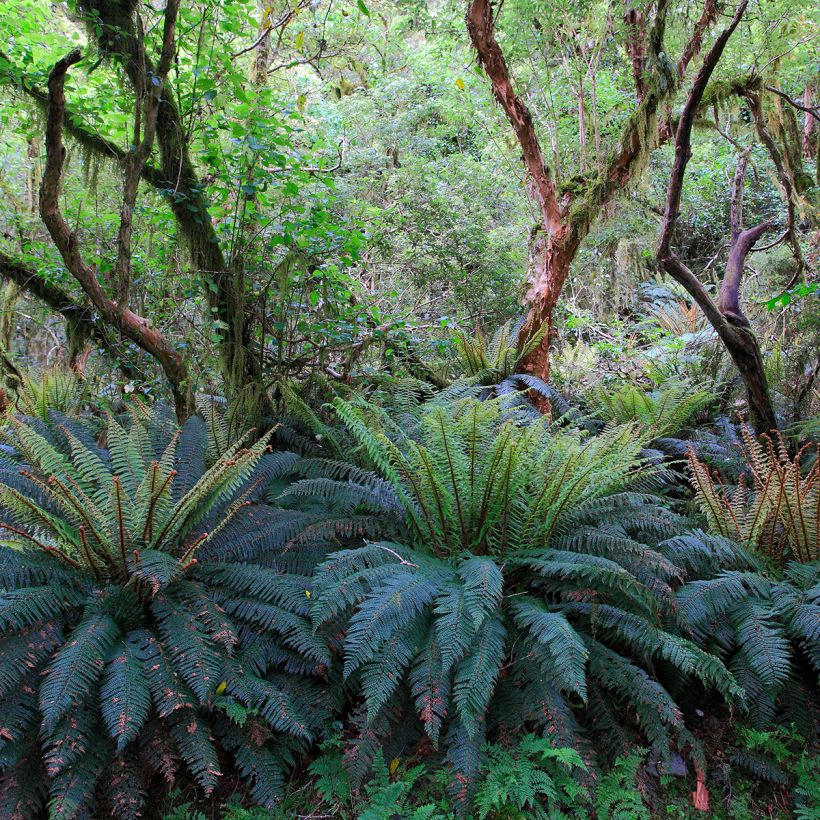

Foliage
Plant habit
Botanical data
Blechnum
discolor
Blechnaceae
Crown fern
Lomaria discolor
Oceania
Planting and care
Plant Blechnum discolor in spring, in slightly acidic soil, rich in organic matter, and above all moist, even damp, but not waterlogged, especially in winter. Ensure it does not dry out in summer, which this plant particularly dislikes. It can tolerate sun in less bright areas. Further south, it will thrive under the shade of taller plants, which will also help maintain some atmospheric humidity. Hardy down to -6°C, it can be acclimatised along the southern Atlantic coast. Elsewhere, in harsher climates, it should be grown in a pot to overwinter under cover.
Planting period
Intended location
Care
Planting & care advice
This item has not been reviewed yet - be the first to leave a review about it.
Similar products
Haven't found what you were looking for?
Hardiness is the lowest winter temperature a plant can endure without suffering serious damage or even dying. However, hardiness is affected by location (a sheltered area, such as a patio), protection (winter cover) and soil type (hardiness is improved by well-drained soil).

Photo Sharing Terms & Conditions
In order to encourage gardeners to interact and share their experiences, Promesse de fleurs offers various media enabling content to be uploaded onto its Site - in particular via the ‘Photo sharing’ module.
The User agrees to refrain from:
- Posting any content that is illegal, prejudicial, insulting, racist, inciteful to hatred, revisionist, contrary to public decency, that infringes on privacy or on the privacy rights of third parties, in particular the publicity rights of persons and goods, intellectual property rights, or the right to privacy.
- Submitting content on behalf of a third party;
- Impersonate the identity of a third party and/or publish any personal information about a third party;
In general, the User undertakes to refrain from any unethical behaviour.
All Content (in particular text, comments, files, images, photos, videos, creative works, etc.), which may be subject to property or intellectual property rights, image or other private rights, shall remain the property of the User, subject to the limited rights granted by the terms of the licence granted by Promesse de fleurs as stated below. Users are at liberty to publish or not to publish such Content on the Site, notably via the ‘Photo Sharing’ facility, and accept that this Content shall be made public and freely accessible, notably on the Internet.
Users further acknowledge, undertake to have ,and guarantee that they hold all necessary rights and permissions to publish such material on the Site, in particular with regard to the legislation in force pertaining to any privacy, property, intellectual property, image, or contractual rights, or rights of any other nature. By publishing such Content on the Site, Users acknowledge accepting full liability as publishers of the Content within the meaning of the law, and grant Promesse de fleurs, free of charge, an inclusive, worldwide licence for the said Content for the entire duration of its publication, including all reproduction, representation, up/downloading, displaying, performing, transmission, and storage rights.
Users also grant permission for their name to be linked to the Content and accept that this link may not always be made available.
By engaging in posting material, Users consent to their Content becoming automatically accessible on the Internet, in particular on other sites and/or blogs and/or web pages of the Promesse de fleurs site, including in particular social pages and the Promesse de fleurs catalogue.
Users may secure the removal of entrusted content free of charge by issuing a simple request via our contact form.
The flowering period indicated on our website applies to countries and regions located in USDA zone 8 (France, the United Kingdom, Ireland, the Netherlands, etc.)
It will vary according to where you live:
- In zones 9 to 10 (Italy, Spain, Greece, etc.), flowering will occur about 2 to 4 weeks earlier.
- In zones 6 to 7 (Germany, Poland, Slovenia, and lower mountainous regions), flowering will be delayed by 2 to 3 weeks.
- In zone 5 (Central Europe, Scandinavia), blooming will be delayed by 3 to 5 weeks.
In temperate climates, pruning of spring-flowering shrubs (forsythia, spireas, etc.) should be done just after flowering.
Pruning of summer-flowering shrubs (Indian Lilac, Perovskia, etc.) can be done in winter or spring.
In cold regions as well as with frost-sensitive plants, avoid pruning too early when severe frosts may still occur.
The planting period indicated on our website applies to countries and regions located in USDA zone 8 (France, United Kingdom, Ireland, Netherlands).
It will vary according to where you live:
- In Mediterranean zones (Marseille, Madrid, Milan, etc.), autumn and winter are the best planting periods.
- In continental zones (Strasbourg, Munich, Vienna, etc.), delay planting by 2 to 3 weeks in spring and bring it forward by 2 to 4 weeks in autumn.
- In mountainous regions (the Alps, Pyrenees, Carpathians, etc.), it is best to plant in late spring (May-June) or late summer (August-September).
The harvesting period indicated on our website applies to countries and regions in USDA zone 8 (France, England, Ireland, the Netherlands).
In colder areas (Scandinavia, Poland, Austria...) fruit and vegetable harvests are likely to be delayed by 3-4 weeks.
In warmer areas (Italy, Spain, Greece, etc.), harvesting will probably take place earlier, depending on weather conditions.
The sowing periods indicated on our website apply to countries and regions within USDA Zone 8 (France, UK, Ireland, Netherlands).
In colder areas (Scandinavia, Poland, Austria...), delay any outdoor sowing by 3-4 weeks, or sow under glass.
In warmer climes (Italy, Spain, Greece, etc.), bring outdoor sowing forward by a few weeks.































